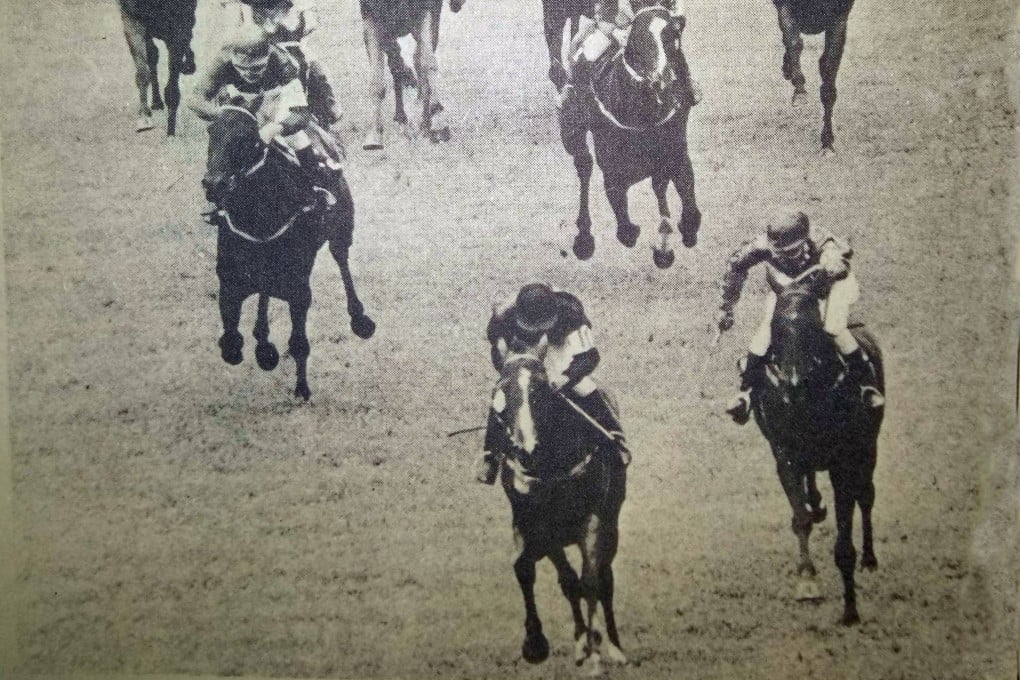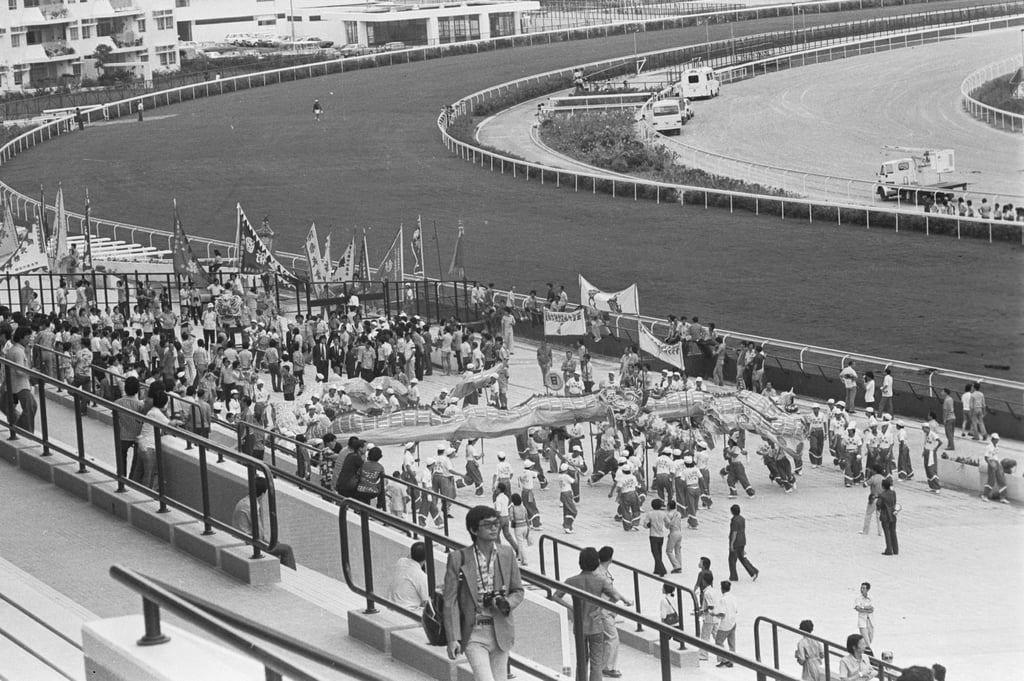Recap | Hong Kong horse racing, from the age of gentleman jockeys to Bill Benter’s billion-dollar bet
The history of Hong Kong horse racing, from the 1971 professional launch at Happy Valley to the rise of Sha Tin Racecourse, and the impact of Bill Benter’s stunning betting system

Explore the fascinating evolution of Hong Kong horse racing, from the amateur gentleman jockeys who shaped the sport’s history to the launch of professional racing at Happy Valley.
Along the way, the sport of kings in Hong Kong has seen a second racecourse developed at Sha Tin, a stable boys’ strike that shut the industry down, and an American gambler whose revolutionary computer system helped him beat the odds and win big.
1. When Hong Kong Jockey Club’s 1971 professional racing launch at Happy Valley revolutionised the city’s horse racing scene
Discover how horse racing in Hong Kong was transformed with the introduction of professional racing at Happy Valley, enhancing rider quality and attracting international attention. This pivotal change, driven by the Royal Hong Kong Jockey Club, saw the first professional race meeting in March 1971, which was considered a big success.
2. Glamorous era of Hong Kong racing when gentlemen jockeys ruled Happy Valley’s racetrack
The early days of horse racing in Hong Kong, before the advent of professionalism, saw notable figures like Eric Cumine and female jockey Billie Liddell riding for pleasure not profit. Seen by some as a golden age of racing, this look back at the history of racing tells how this elite group of amateur riders shaped the sport in the city.
3. The story of Bill Benter, the American gambler who cracked Hong Kong horse racing, winning nearly US$1 billion
Discover how gambler and computer nerd Benter won big on Hong Kong horse racing in the 1980s and 90s by developing an algorithm that defied the odds. Read the story of Benter’s journey, his groundbreaking system that predicted race outcomes, and the ethical dilemmas he faced along the way.

4. How Sha Tin Racecourse, Hong Kong’s multimillion dollar second racetrack, overcame opposition to become a world class venue
Discover the story behind the creation of Hong Kong’s Sha Tin racecourse, from an initial rejection to its final approval in the face of villagers’ angry opposition and then its opening in 1978. Originally the proposal was turned down as its cost of HK$168 million was thought too high, so many raised a smile when the first horse to win the first race at the new track was a long shot named Money No Object.
5. When striking Hong Kong horse handlers brought racing in the city to a stop and forced the resignation of a Jockey Club manager
A 1978 pay dispute involving stable boys at Hong Kong’s Sha Tin racecourse led to a significant strike, halting three race meetings and costing the Jockey Club millions. The walkout, which lasted eight days, was fuelled by tensions with the Club’s personnel manager Eileen Stringer and ended only after her resignation
Part of this article was produced with the assistance of generative AI